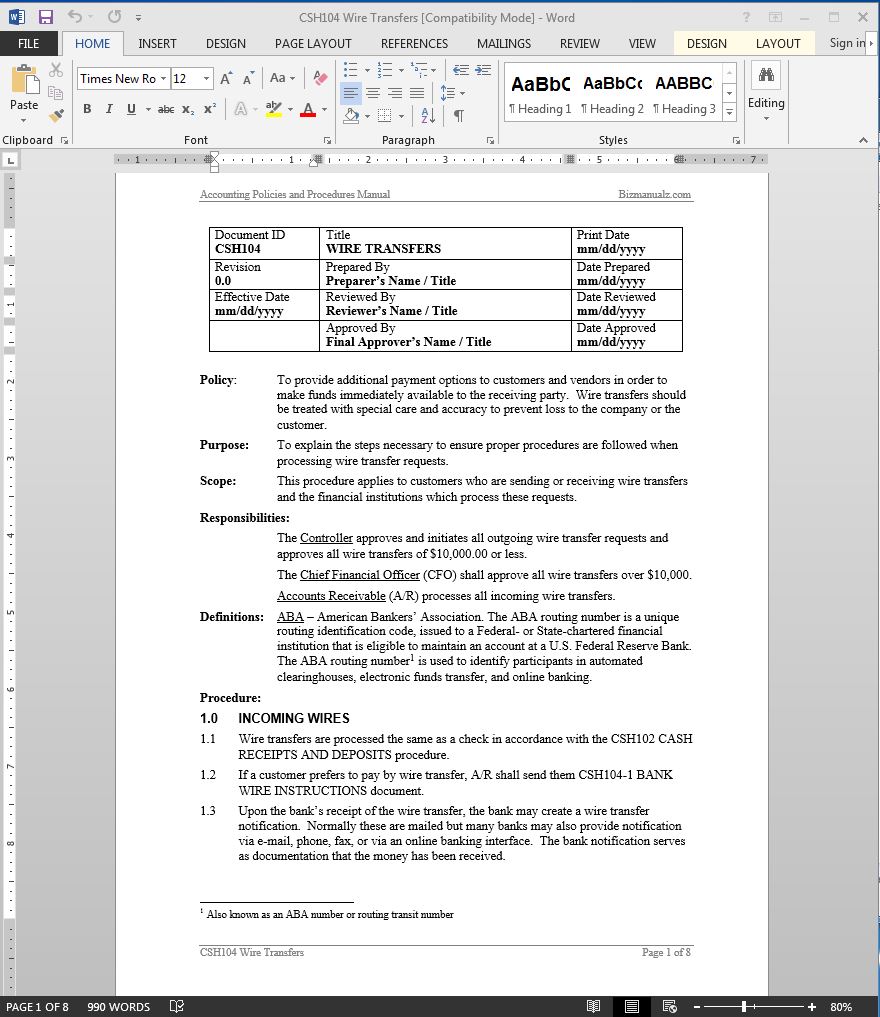

Streamlined providers, like Xe, usually charge lower exchange rates closer to the true mid-market rate of exchange. Even if the difference seems insignificant, it can add up, particularly if you’re transferring a large amount. As mentioned, banks and wire transfers often charge high fees whenever possible, which includes baking them into the exchange rate, causing it to appear higher than the mid-market rate. There’s a bank transfer, a wire transfer, and an Xe or other FinTech online money transfer.įirst, let’s look at the exchange rate. There are three basic ways to send money overseas. Transfers in action: comparing the bank and online money transfer experience Keep reading to see how things work in the real world of international wire transfers. But many banks charge higher fees for some initiation methods, and there is usually little rhyme or reason.Īdmittedly, this discussion is a bit theoretical. Initiation and tracer fees: It should not matter whether you initiate the transfer online, by phone, or in person. As mentioned, banks count on fee income, so a few dollars here or there could make a significant difference. Therefore, outgoing transfers are usually much more expensive than incoming transfers.Įxchange rate: The bank-to-bank exchange rate is usually higher than the standard exchange rate. incoming: The sender usually bears most of the costs, and most of the risk, associated with international wire transfers. To better compare bank transfer fees, and how they measure up to other types of money transfer fees, it’s best to look at the specific elements of an international wire transfer. Not all banks charge the same fees for the same services, so these comparisons are not always apples to apples. How do I compare bank wire fees in the US? Additionally, many foreign countries impose their own wire transfer fees, and if the money travels through an intermediary institution, those parties will also impose fees-and those fees won’t be known to the customer. These fees often vary, largely depending on the type of account and the account status. As a result, most banks charge the highest possible wire transfer fees. Non-interest income, such as wire transfer fees, account maintenance fees, and so on, now account for about a third of bank revenue. Since deregulation in the 1980s, banks have charged higher and higher fees. What are US bank wire fees?įees are an inevitable part of FinTech, bank, or any other money transfer service. FinTech transfers enable foreign stakeholders and anyone else to access their money almost anywhere. Many overseas individuals do not have U.S. As a result, our money transfer cost is much less than bank-to-bank wire transfers due to the lack of additional third-party fees. The problem is that bank-to-bank wire transfer fees are often rather high.Īt Xe, we facilitate international money transfers entirely online, through our own channels. Wire transfers to another bank, or bank-to-bank wires, are usually the top of mind way to move money quickly across international boundaries. And, when people overseas need money, a reliable, efficient, and low cost money transfer system is essential. Project stakeholders must be paid on time, or the project falls behind schedule.

Sending money securely and conveniently is an important way of connecting with people who are far away.

Additionally, many people have friends and family overseas. These environments are not too unusual today. Imagine having project stakeholders in the United States, South Asia, and Europe. Projects which were previously confined to one office, or maybe a few branch offices, could reach across international boundaries. A scant ten years from now, freelancers could make up 80 percent of the world’s workforce.


 0 kommentar(er)
0 kommentar(er)
